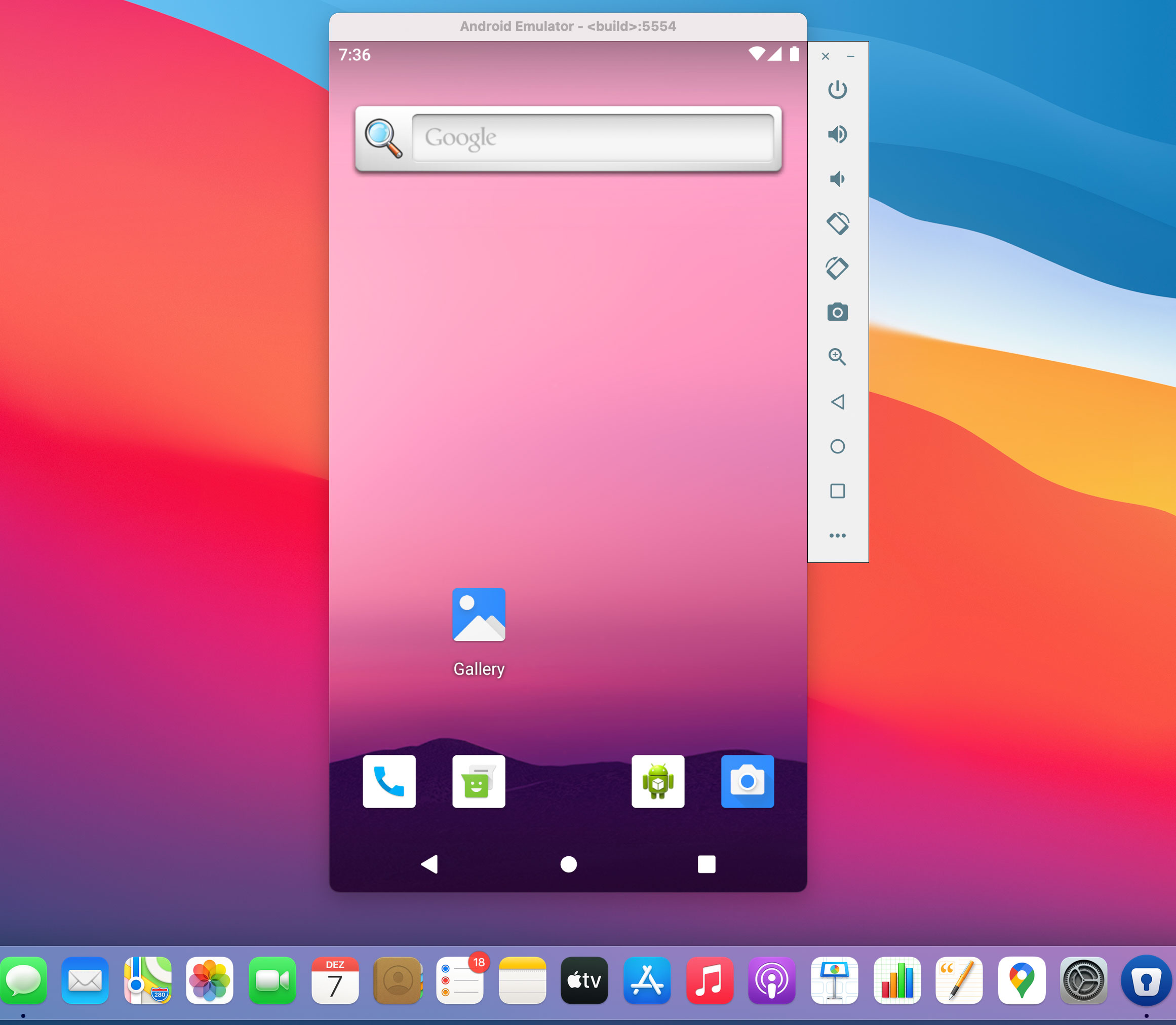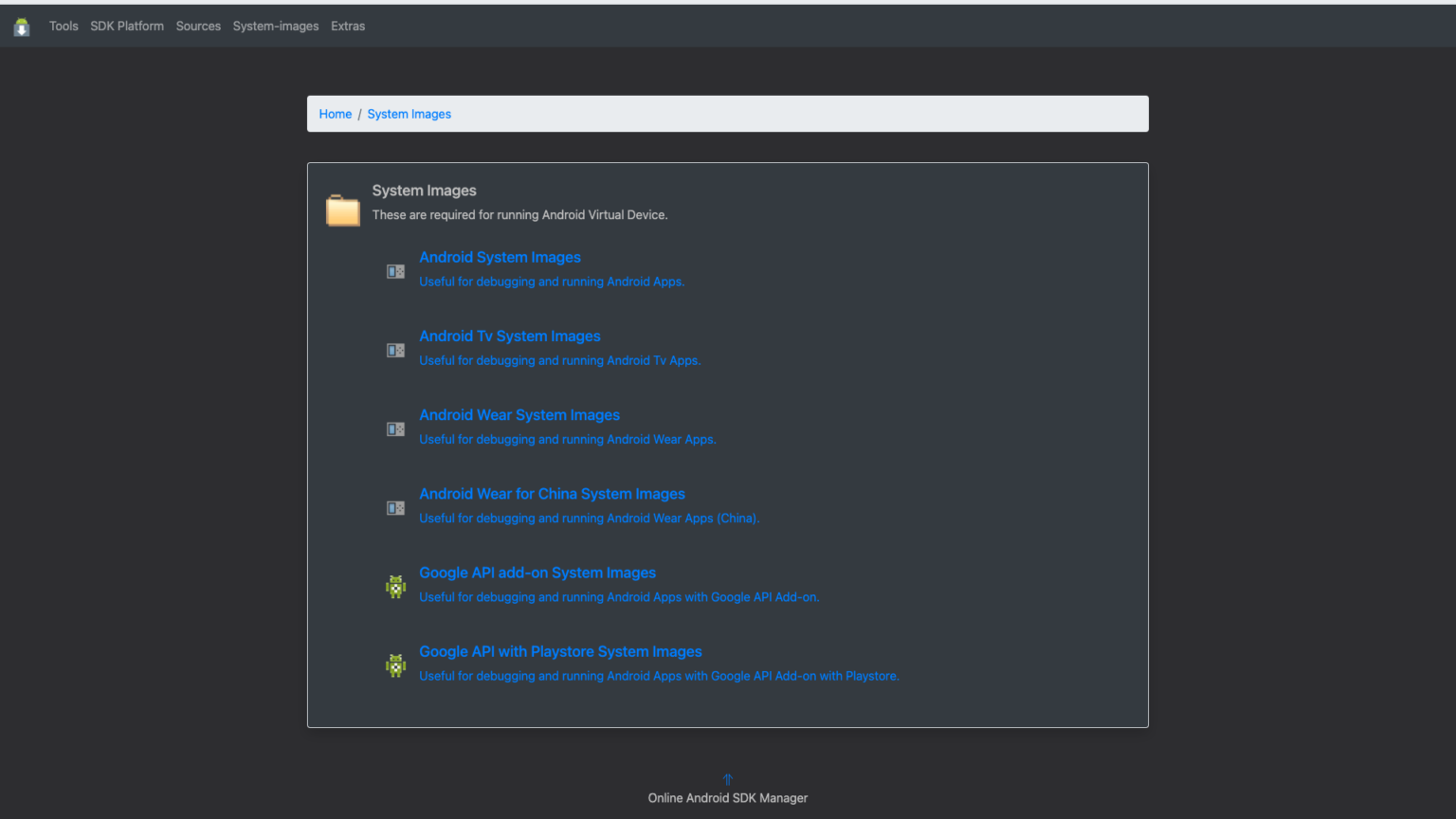Nox works seamlessly on mac based machines including iMac and macbooks. Android is an highly customizable OS and supports hundreds and thousands of games and apps and this is why it is loved by even apple lovers. If you are a mac user but want to play android games on your mac then Nox is absolutely for you. Nox for mac is free to download and you would be able to play high end android games easily on your mac.
Nox app player allows you to emulate the android experience right on your mac computer. Mac OS is not very popular for high end games and therefore you can install Nox on your Mac and enjoy high end android games without any lag.
This is the first preview. This only works on M1 Apple Silicon Macs. It has a lot of rough edges. To use, open the.dmg, drag/drop to /Applications, then right click in /Applications and select Open; skip the developer identity verification check. The first launch may take a while. Files: android-emulator-m1-preview.dmg: Download this file. Android Emulator & Studio works but performances are bad on Apple M1.Let's test the working beta version of Android Emulator based on Apple M1 and the intel. No emulators at this point. IntelliJ has some lags in performance on M1 (because it is not native, and Intel built), but feels pretty usable. Yes, Android Studio and the M1 emulator are working. However keep in mind that sometimes Android Studio will start pushing to Swap massively about 1 hour of work in.
Game controllers support
Nox supports third party controller devices including joysticks to provide amazing gaming experience.
Free
Nox for mac OS is free to download and use and will always be.
Android Gaming Experience
Play high end android games and Mac with Nox.
Regular Updates
Nox for mac is regularly updated for bug fixes and enhancing security.
Direct Download Support
Most of the popular apps are available for direct download from inside the dashboard.
Reliable Emulator
Nox is a reliable emulator for mac os and bugs are fixed regularly to minimize crashes.
-->This guide explains how to prepare the Android Emulator for testing your app.
Overview
The Android Emulator can be run in a variety of configurationsto simulate different devices. Each configuration is called a virtualdevice. When you deploy and test your app on the emulator, you selecta pre-configured or custom virtual device that simulates a physicalAndroid device such as a Nexus or Pixel phone.
The sections listed below describe how to accelerate the Androidemulator for maximum performance, how to use the Android Device Managerto create and customize virtual devices, and how to customize theprofile properties of a virtual device. In addition, a troubleshootingsection explains common emulator problems and workarounds.

Sections
Hardware Acceleration for Emulator Performance
How to prepare your computer for maximum Android Emulator performanceby using either Hyper-V or HAXM virtualization technology. Because theAndroid Emulator can be prohibitively slow without hardwareacceleration, we recommend that you enable hardware acceleration onyour computer before you use the emulator.
Managing Virtual Devices with the Android Device Manager
How to use the Android Device Manager to create and customize virtualdevices.
Editing Android Virtual Device Properties
How to use the Android Device Manager to edit the profile properties of avirtual device.
Android Emulator Troubleshooting
Android Emulator Mac M1 Download


Emulator For M1 Mac
In this article, the most common warning messages and issues that occurwhile running the Android Emulator are described, along withworkarounds and tips.
Note
If you are using a Mac with an Apple chip, such as the M1, you will need to install the Android Emulator for M1 preview from GitHub.
After you have configured the Android Emulator, seeDebugging on the Android Emulatorfor information about how to launch the emulator and use it for testingand debugging your app.
Note

As of Android SDK Tools version 26.0.1 and later, Google has removed support for existing AVD/SDK managers in favor of their new CLI (Command Line Interface) tools. Because of this deprecation change, Xamarin SDK/Device Managers are now used instead of Google SDK/Device Managers for Android Tools 26.0.1 and later. For more information about the Xamarin SDK Manager, see Setting up the Android SDK for Xamarin.Android.



